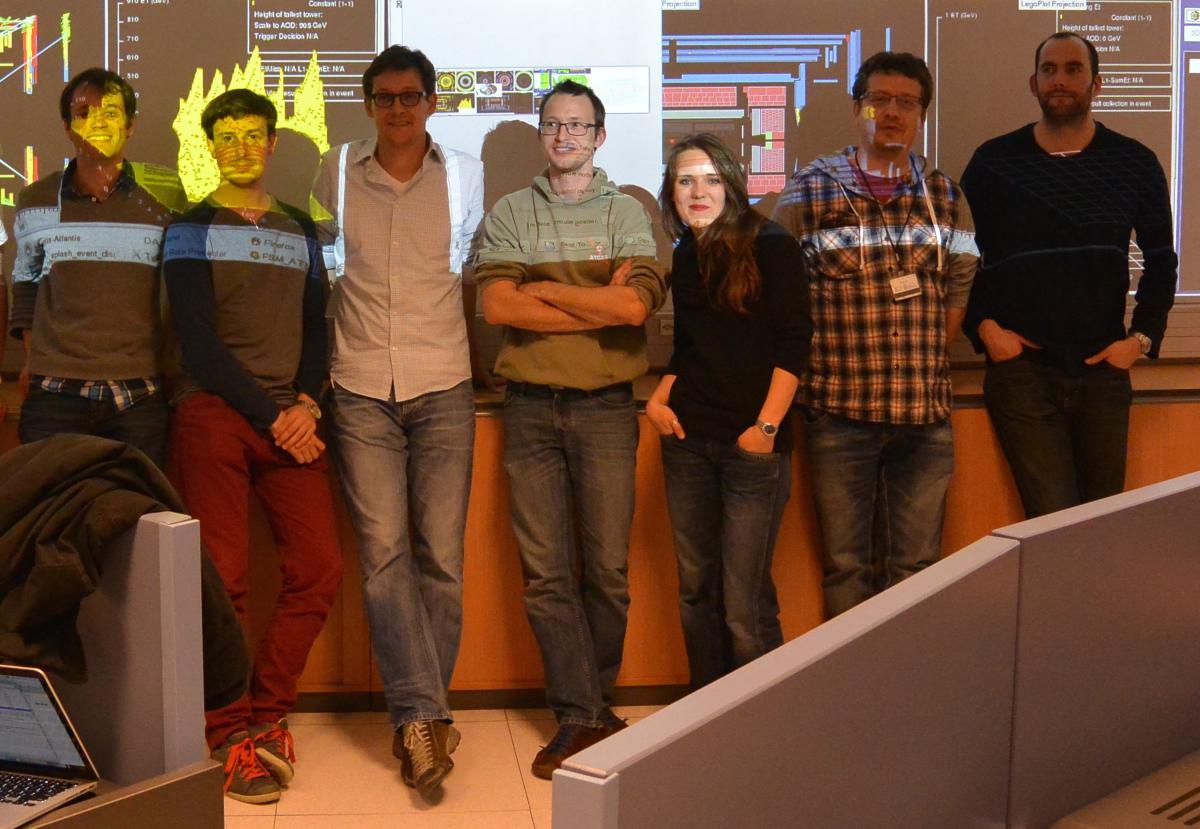LS1 Upgrade of the ATLAS Level-1 Central Trigger Processor
Triggering at the LHC is a challenge: during Run-1 in ATLAS, the task was to select out of the 40 million bunch crossings per second the 1000 events most promising for data analysis. The first of three levels of this selection is the Level-1 trigger system, which in Run-1 selected 75000 events per second (75 kHz) and initiated the read-out of the full detector for these events. The Central Trigger Processor system (CTP) is at the heart of the Level-1 trigger processing chain, where the pre-processed counts on high-energy muons, electromagnetic and hadronic objects, and energies are funnelled together and a Level-1 Accept decision is taken according to a pre-defined trigger menu. It also takes into account the known bunch patterns from the LHC, allows to pre-scale individual triggers, and takes care of applying dead-time should the rate become too high. It is also in charge of transmitting timing, trigger, and control signals to all ATLAS sub-detectors.

The CTP was successfully operated during Run-1 and one of its strengths was its flexibility in defining its trigger logic and the large number of 256 trigger logic items. Run-2, with its higher luminosity and energy, requires the Level-1 trigger to be even more selective, which is a big challenge. In ATLAS, the decision was made not only to push the Level-1 accept rate to 100 kHz, but also to introduce a topological trigger processor at Level-1 and more than double the number of Level-1 input signals. This required a major upgrade of the CTP system: the rebuild of its core electronics board, the rebuild of 5 output cards and a custom-built backplane, a firmware upgrade of the input cards to transmit twice the amount of trigger data to the core board, and a firmware update on a muon trigger interface card, now transmitting topologicial muon information at 40 MHz to the topological trigger processor. The new core board allows to feed in the latency-critical trigger input signals from the topological trigger processor as well as from the ALFA roman pots. In order to provide enough flexibility, the number of trigger logic items is increased from 256 to 512.

Julian Glatzer, Gorm Galster, Thilo Pauly, Till Eifert, Julia Seidel, Joerg Stelzer, Antoine Marzin in the ATLAS Control Room.

Stefan Haas, Ralf Spiwoks, Marcos Silva Oliveira, Kristof Schmieden in the CTP laboratory.
The Level-1 Central Trigger System is under CERN's responsibility, with work being done in collaboration between PH-ADT-TR and PH-ESE-BE. During the Long Shutdown 1, the team was very busy designing, testing, and producing the new hardware, and developing the associated software. We also decided to re-design the full online control software. This was necessary to be able to operate the CTP with up to 3 independent sets of sub-detectors for calibration and test purposes, a useful feature available with the new hardware. The new online software design also addresses stability and robustness, taking into account lessons learnt during Run-1. The new CTP hardware and its associated software was installed before Christmas 2014 and since then is an integral part of ATLAS commissioning. It was very successfully used for the first LHC beam splashes around Easter this year, then more recently to trigger on the first low-energy collisions in Run-2, and is fully ready to take on the first high-energy collisions at 13 TeV from the LHC.
